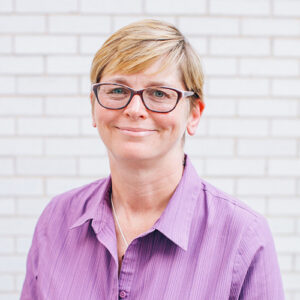How HRC’s Healthcare Equality Index Works to Address Inequities in LGBTQ Health Care Access
Research shows that LGBTQ people face discrimination, which impacts their physical and mental health. The Health Equity Index defines industry best practices and recognizes progress achieved by health care organizations.
// By Althea Fung //
 Health care is a necessity. But not everyone has equal access to medical services, which can negatively impact a person’s long-term health outcomes. In the U.S., racial and ethnic minorities, people of lower socioeconomic status, people who live in rural communities, and sexual and gender minorities often experience disparities in the health care they receive, according to the National Institute on Minority Health and Health Disparities.
Health care is a necessity. But not everyone has equal access to medical services, which can negatively impact a person’s long-term health outcomes. In the U.S., racial and ethnic minorities, people of lower socioeconomic status, people who live in rural communities, and sexual and gender minorities often experience disparities in the health care they receive, according to the National Institute on Minority Health and Health Disparities.
Much research shows that LGBTQ people face discrimination, which impacts their physical and mental health. For example, LGBTQ people are more likely to experience heart disease, which researchers have linked to elevated stress hormones triggered by discrimination, social rejection, and fear of violence.
In addition to external factors impacting health, many members of the LGBTQ community report experiencing discrimination from medical professionals. For example, a 2018 Center for American Progress survey found that 8 percent of LGBTQ respondents said a doctor or health care provider refused to see them because of their sexual orientation. For transgender respondents, that stat jumped to 29 percent.

Tari Hanneman, director of the health and aging program at the HRC
To help ensure that LGBTQ people receive equitable care, in 2007, the Human Rights Campaign Foundation (HRC) launched the Healthcare Equality Index (HEI). The HEI is a biennial survey that reviews the policies and practices of health care facilities to ensure LGBTQ patients, visitors, and staff are treated equitably.
“We created the HEI because we wanted to set the standard for what LGBTQ-inclusive patient care looks like. We specifically target hospitals because that’s where folks go when they are most vulnerable,” says Tari Hanneman, director of the health and aging program at the HRC. In her role, Hanneman also oversees the LGBTQ Healthcare Equality Index.
